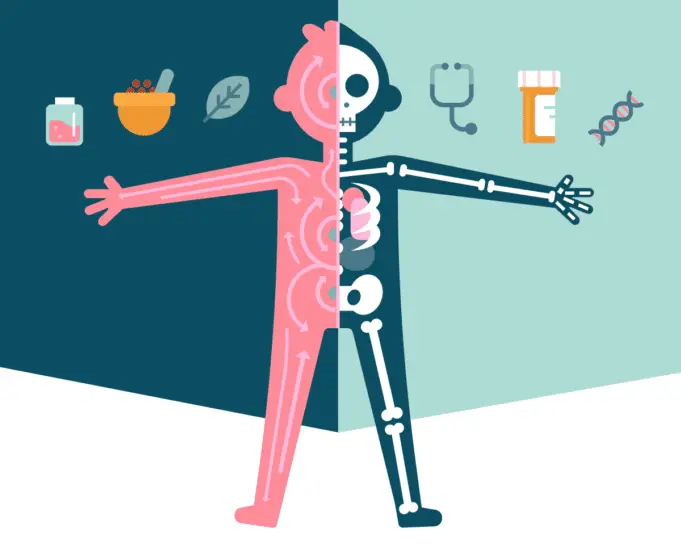While 60% of people around the world use Eastern medical practices to live healthy lives, many people still dismiss or are unaware of their benefits.
Practices including acupuncture, yoga, burning herbs, massage, and tai chi have all been found to aid in the alleviation of bodily pain, inflammation, stress, and seasonal cold and allergy systems.
1 in 3 Americans have tried yoga at least once in their lives, and in the past two years, ‘yoga’ was one of the most searched terms on Google. This practice has long been booming in Western society, through yoga classes and online teachers like Adrienne Mishler, whose YouTube channel has over 3 million subscribers.
Despite yoga’s wide acceptance, other Traditional Chinese Medicine, or TCM, practices have not achieved the widespread popularity of yoga.
A common view of Eastern and Western medicine is that they are diametrically opposed to one another, and that Eastern medicine is unscientific. Western medicine is surely the standard for treating disease and finding cures.
The approach to Western medicine, however, often disregards the success many practitioners and patients of Eastern medicine have had, and leaves many patients with crippling side effects of medications used to treat illnesses, such as chemotherapy, trauma, and many other long-term conditions.
Eastern medicine shouldn’t replace Western, but a more integrative, full-body approach to health and healthcare are essential.
New discoveries are building up the knowledge that medical doctors and emerging medical students will have to go on, but Eastern medicine is a tried and true supplement to Western treatments, and doesn’t have to be ignored.
In March of this year, a team of doctors led by Dr. Neil Theise, a doctor and researcher from NYU’s Langone School of Medicine, discovered something that could bridge the perceived gaps between Eastern and Western medicine. Theise and his team are referring to this discovery as the interstitium.
The interstitium is a series of interconnected, fluid-filled spaces that run throughout the body. Lymphatic fluid, interstitial fluid, and water transfer through these spaces and move cells from organs ranging from the skin and lungs to the digestive system.
Before this discovery, scientists believed that organs and the layers under the skin were lined with dense walls of collagen, a simple structure of the body.
Now, these tissues are believed to provide an internal highway that runs throughout the body and may explain how certain bodily functions work, as well as certain diseases, such as cancer, spread.
Theise’s team made the discovery through a revolutionary technology called confocal laser endomicroscopy, or pCLE. This allowed them to see the structures that had not previously been investigated through traditional microscopes.
Many doctors are apprehensive about referring to the interstitium as its own organ, citing its classification as a space where fluid flows through as not meeting traditional organ definitions.
No matter how it gets classified, this discovery changes how doctors can approach treatments and explains why certain Eastern medical practices work.
Learn more about how Eastern and Western medicine are integrating further with the infographic below, provided by Urban Monk Nutrition.













